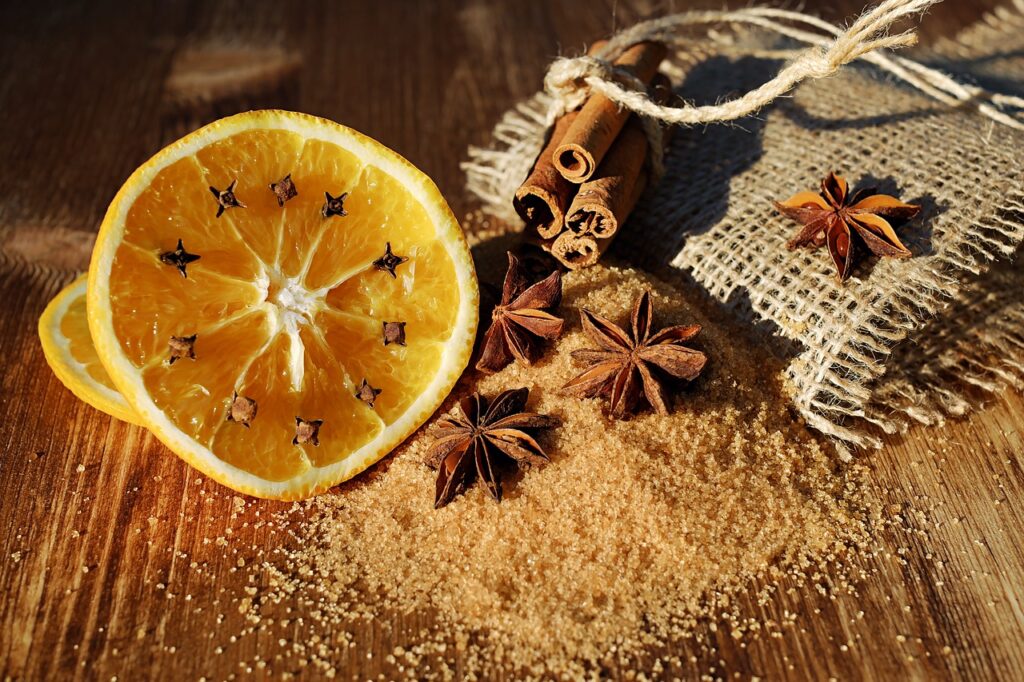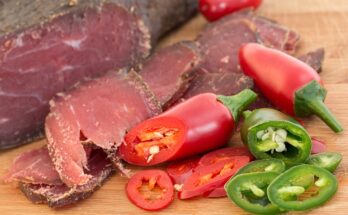Are you curious about how food processing affects the aroma of your favorite dishes?
Food aroma plays a crucial role in our overall dining experience, and understanding how it changes during processing can enhance our appreciation of the flavors we love.
In this article, we will delve into the science behind food aroma and explore the various factors that influence its alteration.
From the techniques used to preserve and enhance aroma to the way consumers perceive it in processed foods, we will uncover the secrets behind the impact of food processing on food aroma.
By the end of this article, you will have a deeper understanding of how your favorite dishes’ aromas are affected by processing methods, allowing you to make more informed choices and savor your meals with a heightened sensory experience.
Get ready to embark on a journey into the tantalizing world of food aroma and processing!
The Science behind Food Aroma
You may think you know the smell of food, but understanding the science behind food aroma will open your senses to a whole new world of flavors.
When it comes to food aroma, the process begins with volatile compounds. These compounds are responsible for the characteristic smells of different foods. They are released when food is heated, cooked, or even sliced.
The aroma molecules then travel to our olfactory receptors, located in the nose, where they are detected and interpreted by our brain. This process is what allows us to experience the delightful scents of freshly baked bread, sizzling bacon, or aromatic spices.
The science behind food aroma is complex and fascinating, and it plays a crucial role in our enjoyment of food. So next time you take a deep breath and savor the smell of a delicious dish, remember that it’s all thanks to the intriguing science of food aroma.
Changes in Aroma during Processing
Imagine walking into a kitchen filled with the mouthwatering scent of freshly baked bread, only to discover that the aroma you were craving has been altered through the process of preparing it. Food processing can significantly change the aroma of various ingredients.
For example, heating during cooking can cause chemical reactions that alter the aroma compounds in food. These changes can be both positive and negative. On one hand, cooking can enhance the aroma of certain ingredients, creating new and enticing smells. On the other hand, it can also lead to the loss of delicate and volatile aroma compounds, resulting in a less intense or even unpleasant smell.
Additionally, processing methods like drying or fermenting can also affect the aroma profile of food, introducing new flavors or modifying existing ones.
Factors Influencing Aroma Alteration
Step into a world where the scents of your favorite foods are transformed, as various factors come into play, altering the delightful aromas you know and love.
One major factor that influences aroma alteration during food processing is temperature. When food is exposed to high temperatures, chemical reactions occur, leading to the formation of new aroma compounds or the degradation of existing ones.
Another important factor is the presence of oxygen. Oxygen can react with the volatile aroma compounds in food, causing them to break down and lose their characteristic smells.
Additionally, the processing method itself can impact the aroma. Different techniques, such as drying, fermenting, or frying, can introduce new flavors and aromas into the food.
Understanding these factors is crucial for food scientists and manufacturers to create products with consistent and desirable aromas.
Techniques to Preserve and Enhance Aroma
Discover the incredible techniques that can help you preserve and elevate the tantalizing scents of your favorite foods. When it comes to preserving food aroma, there are several effective techniques that can be employed.
One such technique is freeze-drying, which involves removing water from the food at low temperatures, preserving both the flavor and aroma.
Another technique is vacuum packaging, which creates a seal that prevents oxygen from reaching the food, thus preserving its freshness and aroma.

Additionally, using natural flavor enhancers like herbs and spices can help enhance the aroma of your dishes.
By incorporating these techniques into your food processing methods, you can ensure that the delicious aromas of your favorite foods are preserved and enhanced, providing a truly delightful culinary experience.
Consumer Perception of Aroma in Processed Foods
Experiencing the irresistible allure of aroma in processed foods can greatly influence your perception and enjoyment of your culinary experience. The aroma of food plays a crucial role in triggering our sensory receptors and creating a sense of anticipation.
When you open a bag of potato chips or a can of soup, the aroma that wafts out immediately captures your attention and entices you to take a bite. Studies have shown that consumers associate certain aromas with specific flavors and quality, and they often make purchasing decisions based on these perceptions.
For example, the aroma of freshly baked bread can evoke feelings of comfort and nostalgia, while the smell of coffee can create a sense of energy and alertness. Food manufacturers understand the importance of aroma and employ various techniques to preserve and enhance it, ensuring that their processed foods deliver an enticing olfactory experience to consumers.
Conclusion
In conclusion, food processing has a significant impact on food aroma. The science behind food aroma reveals that changes occur during processing, which can alter the aroma of the final product.
Various factors, such as temperature, cooking methods, and ingredient combinations, influence these changes. However, techniques can be employed to preserve and enhance aroma, ensuring that processed foods still have an appealing smell.
Ultimately, consumer perception of aroma plays a crucial role in their acceptance and enjoyment of processed foods.




